
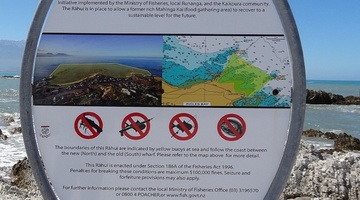
Estuaries are extremely valuable. They: are nurseries – breeding grounds for fish and birds maintain the health of coastal fisheries and waters are a buffer between land and sea – protecting the ...
READ MORE

In the past, many New Zealanders have not understood the value of estuaries. Many European settlers initially viewed estuaries as unproductive wastelands. Land was reclaimed for harbours and ...
READ MORE

Lorraine Dixon (who works for the Waahi Whaanui Trust) helped to develop the Ake Ake model – a teaching tool that helps hapū identify their needs, goals and aspirations. Cultural indicators can ...
READ MORE

Aotearoa New Zealand has one of the highest cat ownership rates in the world. Nearly 40% of households have at least one cat – for the most part, we’re fond of our cats. Unfortunately, domestic ...
READ MORE

Aotearoa New Zealand has a lot of cats! Forest & Bird reports we have: 1,134,000 companion cats 196,000 stray cats millions of feral cats – there’s no data on feral cat abundance but this is ...
READ MORE

Should cats be allowed to roam freely? It’s an emotive question with lots of underlying factors. For example, are we talking about cherished cats or feral cats – pets or pests? Does this matter ...
READ MORE
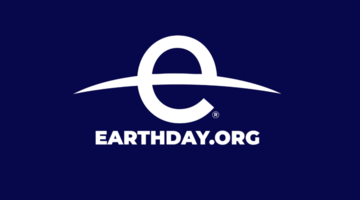
Be part of a worldwide movement and use Global Earth Challenge to submit or classify photos to help our planet’s environment and human health. Global Earth Challenge is a citizen science campaign ...
READ MORE

This citizen science project wants your assistance to extract information from various climate scientific graphics to help combat misinformation and support scientific communication. Using this ...
READ MORE
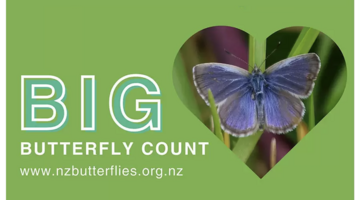
This New Zealand-based citizen science project collects data about butterflies in our gardens, schools, parks and farms – any location in the country or on the outer islands. This annual event – ...
READ MORE

With 75% of New Zealanders living within 10 km of the coast, many students will be familiar with estuaries. In scientific terms, estuaries are the interface between the land and the sea – the ...
READ MORE

Both science and mātauranga pūtaiao build knowledge and understanding about our world. Often, we start with curiosity about something we’ve noticed and we want to find out more. At other times ...
READ MORE

Join Andrea Soanes and Angela Schipper as we unpack ideas connected to Te Kāhui o Matariki and Environment Aotearoa 2022 and share resources that can be used as a guiding framework for teaching ...
READ MORE
NIWA's Maori development officer, Apanui Skipper and Weno Iti, the Te Kūwaha manager (NIWA Māori Development Centre), describe what kaitiakitanga means to them.
READ MORE
NIWA scientist, Andrew Swales describes what estuaries are, how New Zealand estuaries have changed over time and why they now need to be monitored.
READ MORE
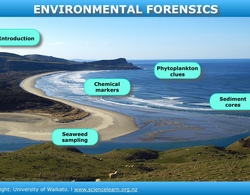
Dr Candida Savage explains the clues she collects in estuaries and fiords, to understand how changes in land use affect these environments. Click on the labels to watch the videos for more ...
READ MORE

Historical artefacts like moa bones can be dated using a technique that measures the activity of the radioisotope carbon-14 still present in the sample. By comparing this with a modern standard ...
READ MORE
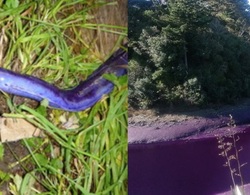
This interactive timeline highlights how students investigating the Oruarangi Stream engaged with the nature of science.
READ MORE